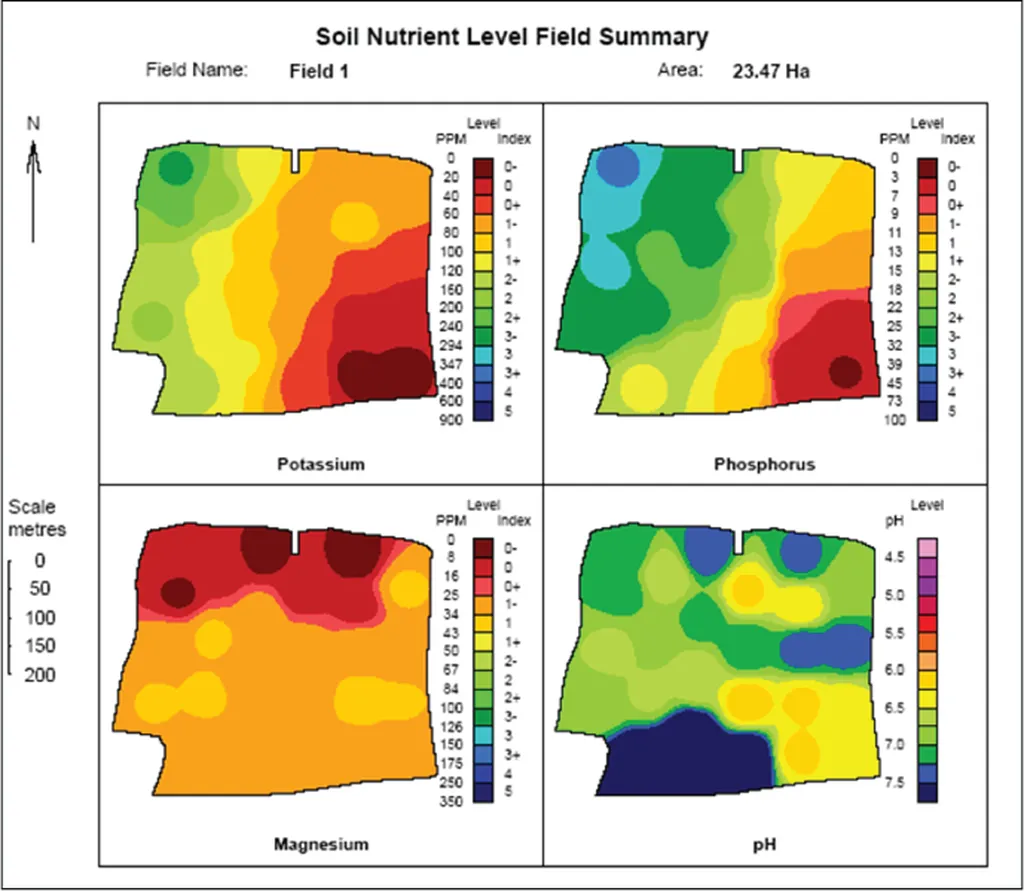In the quest for sustainable agriculture, timely and accurate soil nutrient mapping is crucial. A new open-source Python package, PySNM, is set to revolutionize this process, making it faster, more efficient, and accessible to all. Developed by Ranga Rao Velamala from the Soil and Land Use Survey of India, Department of Agriculture and Farmers Welfare, Government of India, PySNM automates spatial interpolation and soil nutrient mapping, offering a cost-effective alternative to traditional GIS software.
The need for such a tool is pressing. With the global population growing and food demand increasing, monitoring soil health is more important than ever. Traditional GIS methods for generating soil nutrient maps can be lengthy, causing delays in decision-making. PySNM addresses this issue head-on. In a case study published in ‘Discover Soil’, PySNM demonstrated its capabilities by analyzing 430 soil samples from agricultural fields in Amarapura Village, India. The tool completed the automated spatial interpolation and map generation in just 22 seconds on a computer with an i9 processor and 32GB of RAM.
The implications for the agriculture sector are significant. “PySNM is cross-platform compatible, optimizes resources, and does not require specialized skills,” said Velamala. This means that farmers and agricultural professionals, regardless of their technical background or location, can use PySNM to monitor soil health and make informed decisions. The tool’s ability to identify severe deficiencies in nutrients, such as boron, manganese, and iron, highlights its potential to guide targeted interventions and maintain soil health.
PySNM’s performance was also compared to the automation features of Model Builder and ArcPy in ArcMap. The results were impressive, with PySNM outperforming these traditional tools. This is a significant development, as it offers a free, open-source alternative that can be used by anyone, anywhere. The tool’s efficiency and ease of use make it particularly suitable for least-developed and developing countries, where resources for advanced GIS software may be limited.
The research also explored the optimal system configurations for PySNM, ensuring that users can make the most of their available resources. This attention to detail underscores the tool’s practicality and user-centric design.
The introduction of PySNM marks a significant step forward in the field of soil nutrient mapping. Its open-source nature encourages collaboration and further development, while its automation capabilities save time and resources. As the agriculture sector continues to evolve, tools like PySNM will play a crucial role in promoting sustainable practices and ensuring food security.
In the words of Velamala, “PySNM is more than just a tool; it’s a step towards empowering farmers and agricultural professionals with the information they need to make informed decisions.” This sentiment captures the essence of PySNM’s potential impact, not just as a technological innovation, but as a catalyst for positive change in the agriculture sector.

